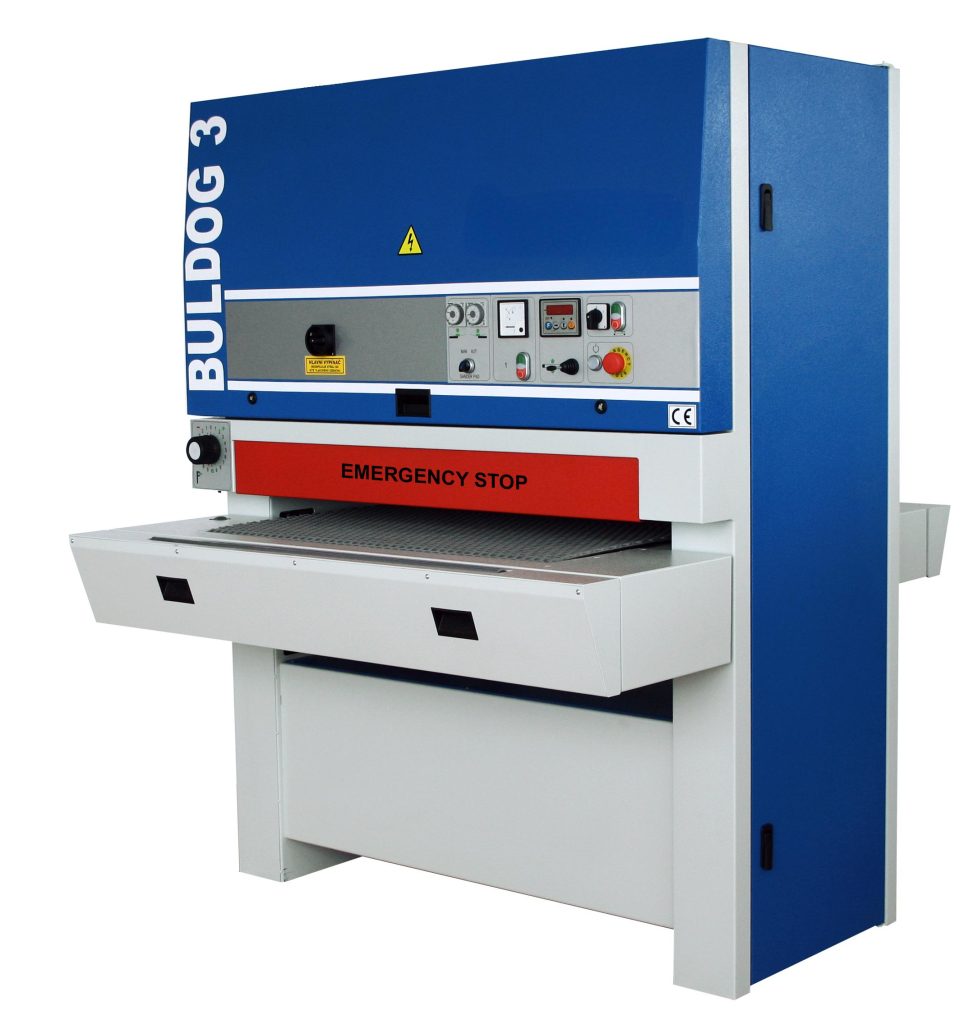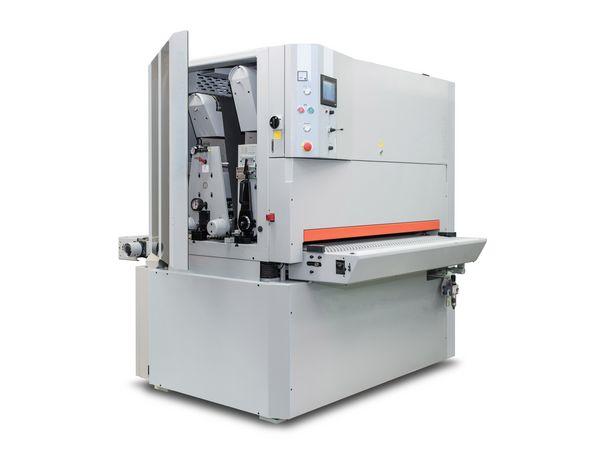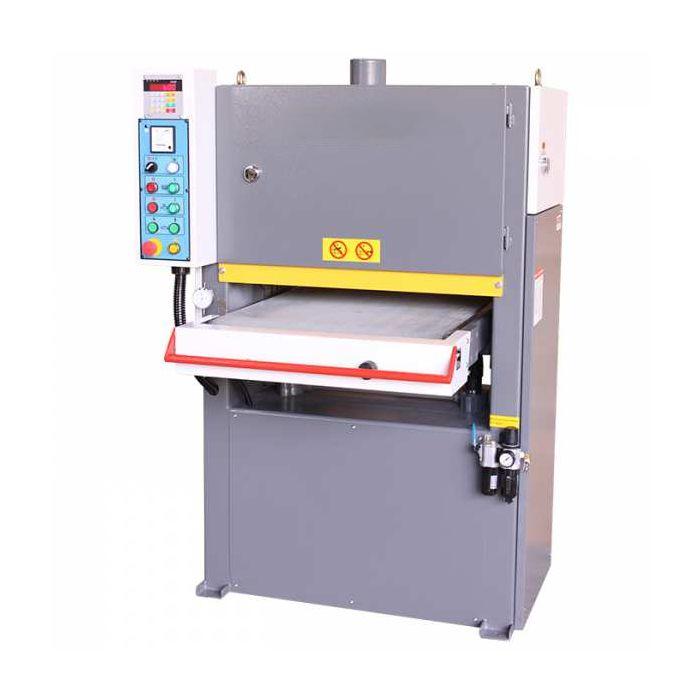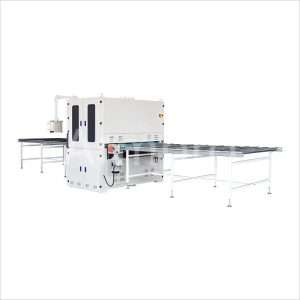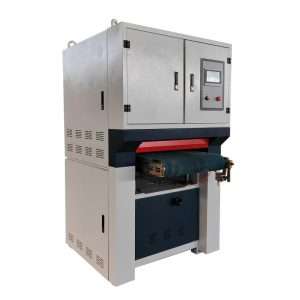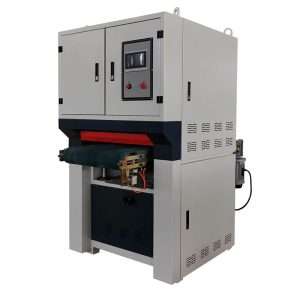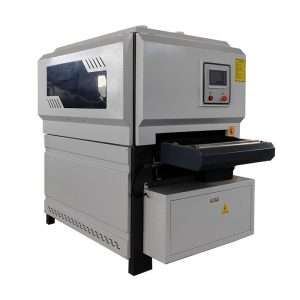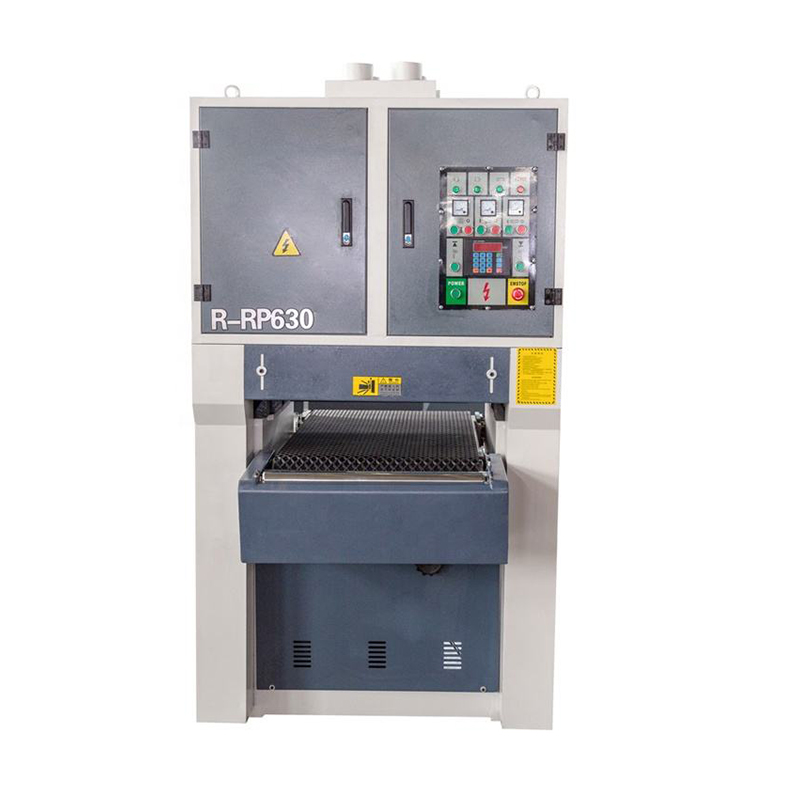The ultimate guide to stainless steel finishes
Introduction
Sanding discs and flap discs are widely used in a large number of companies and enterprises as clients of metal and timber are in tight connection with their production and processing. These are the themes that assist professionals, trained and untrained people to polish up on their work.
The purpose of this article is to offer users an overview that will help them decide whether flap discs or sanding discs are necessary for the intended audience. Additionally, the article explains the advantages and disadvantages of each type of disc in general, which allows users to acquire a better grasp of how to use each type.
It is beneficial to be aware of the differences between the sanding disc and the flap disc for multiple reasons. The method is safe, effective, and inexpensive. With this data, users may choose the best tool for any work, increasing productivity.
1. Understanding Stainless Steel
What is Stainless Steel?
Steel considered stainless is an iron-chromium alloy containing at least 10.5% chromium in addition to additional components like nickel, molybdenum, and other similar elements. Its main feature is that it is not rust-able and cannot be stained due to the chromium in its composition, which causes the formation of the oxide layer. In this layer, the formation of rust and corrosion is effectively prevented in several situations.
Stainless steel possesses characteristics like high durability and strength. It can easily resist corrosion and maintain its original shine, and thus, it is used in Civil Construction, Automobile industries, and kitchen utensils.
Common Types of Stainless Steel
Several types of stainless steel are tailored for different applications:
- 304 Stainless Steel: Known as the most versatile and widely used grade, 304 is highly resistant to corrosion and offers excellent weldability, making it ideal for kitchen equipment and architectural applications.
- 316 Stainless Steel: With added molybdenum, 316 provides enhanced corrosion resistance, particularly in marine or acidic environments, commonly used in chemical industries and coastal structures.
- 430 Stainless Steel: This ferritic grade is magnetic and more cost-effective. It is often used in less demanding applications like automotive trim and appliances. Though less corrosion-resistant than 304 and 316, it still offers good durability.
2.Maintenance and Care of Stainless Steel Finishes
Cleaning Tips
To maintain the appearance and performance of stainless steel finishes:
- Use Mild Detergents:Clean with gentle soap or mild detergents to prevent damage to the surface.
- Non-Abrasive Cloths:Opt for soft, non-abrasive cloths or sponges to avoid scratching the finish.
- Specialized Stainless Steel Cleaners:For rough areas or stains, using cleaners specifically designed for stainless steel will ensure that it gets cleaned while its sheen is not compromised.
Preventing Damage
- Avoid Abrasive Cleaners:Avoid using rough scrubbers such as steel wool, abrasive cleaners, and aggressive chemicals such as bleach, as these can ruin the surface of the pest control tile.
- Regular Maintenance:Cleaning done frequently makes it possible to foresee the accumulation of dirt and other substances that can cause corrosion as well as staining.
- Apply Protective Coatings: Theapplication of protective polishes or coatings will go additional in protecting the stainless steel from destructive influences of the environment to enhance its lengthened life and adorning beauty.
3.Common Mistakes to Avoid
Using the Wrong Finish
- Consequences: Harmful effects of an unsuitable finish include; poor work durability, the need for constant maintenance, and the appearance of the wrong impression. Admittedly, the appearance of wear and impact may be seen in situations where the use of a high-gloss finish is called for, for instance, scratches appear sooner in a tough environment.
- Tips for Selection: Ensure the finish aligns with the functional and aesthetic needs of the application. Select a particular finish about the environment it will be exposed to (for example, anti-corrosive finishes in regions where materials are exposed to sea influences), how long-lasting it needs to be, and what it should look like. Make sure that the finish that you select creates a functional and also appealing surface that fits the area of application.
Improper Cleaning Techniques
- Importance of Proper Cleaning: Many people use the wrong methods in cleaning stainless steel surfaces causing scratching or damaging this surface and this results in early degradation and inceptive looks.
- Best Practices: It is recommended the use soft nonabrasive cloths and mild nonchlorinated detergents. Do not use rough scrubs and chemicals to clean them to preserve the texture of the coats. Buffers are to be washed clean in the direction of the grain to avoid the creation of streaks.
Ignoring Maintenance
- Impact of Neglect: This deterioration occurs due to the formation of stains, corrosion, and dulling which decreases the longevity together with the aesthetic value of stainless steel finishes.
- Importance of Regular Care: Cleaning regularly and polishingafter some time is essential in maintaining the appearance and working of the finish. This is because maintenance is carried out regularly which guarantees long-run durability besides the fact that contaminants cause damage.
Conclusion
Knowledge of the various stainless steel finishes is crucial to realizing the set looks and ultimate performance of the product in any environment. Both are used for different reasons; it has wonderful corrosion-resistant properties today engineers use the finish as a cover for materials that will be used in very harsh environments such as marine environments.
Lack of proper knowledge on best practices and applicatory choices of cleaning or the finial to apply in any particular space or environment and thus prevents rusting or any other compromise to the stainless steel quality and durability. These measures of maintenance and right decision-making are not only going to protect the longevity of the outer finish but will also improve optimal performance for the use of stainless steel for its intended aesthetic and durability properties.
Don't forget to share this post!
Related Products
CONTACT US
Tell us your raw material and working details to get quotations within 24 hours.
WhatsApp Us: +86 159 27 555863

Want the best price & newest metal working machinery buying guide,tips and trends sent straightly to your box?Sign up for Armpro's monthly newsletter,we're free for your consultation and Offer you the most suitable working solutions!
The Buyer's Guide
- Tapping Machine: The Ultimate Buying Guide in 2024
- Electric Tapping Machines:the Ultimate Buying Guide in 2024
- Drilling Machine: The Ultimate Buying Guide in 2024
- Drilling milling Machine:The Ultimate Buying Guide in 2024
- CNC Tapping Machine :The Complete Buying Guide in 2024
- Pipe chafering Machine:The Complete Importing Guide in 2024
- Radial drilling Machine:The Complete Buying Guide in 2024
- Thread rolling Machine:The Complete Buying Guide In 2024
- Pillar Drilling Machine:The Ultimate Buying Guide in 2024
